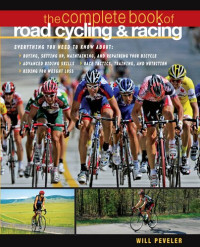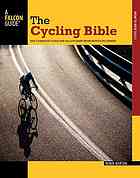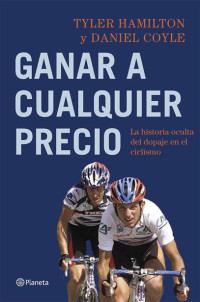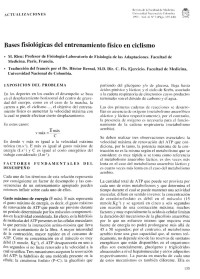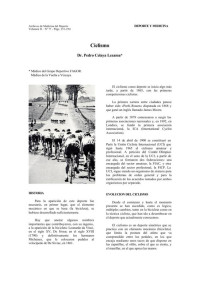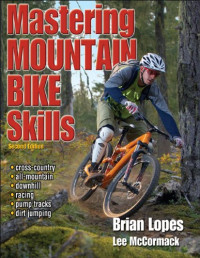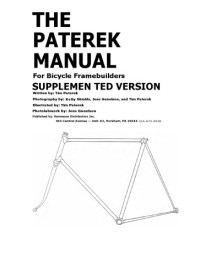
Cycling Science: How Rider and Machine Work Together
Max Glaskin
Every July hundreds of thousands flock to the Champs-Élysées in Paris—and millions more to their televisions and computers—to witness the dramatic conclusion of the grueling three weeks of the Tour de France. There is no better measure of the worldwide love of the bicycle. But of the 1.2 billion cyclists traversing the world’s roadways and trails, few of us take the time to consider the science behind the sport. The simple process of getting about on two wheels brings us in touch with a wealth of fascinating science, and here journalist Max Glaskin investigates the scientific wonders that keep cyclists in their saddles. Cycling Science tours readers through a wide variety of topics, from tire rolling resistance and the difference between yield strength and ultimate strength, to the importance of aerodynamics and the impact that shaved legs have on speed. Each chapter explores a different subject—fundamentals, strength and stability, materials, power, aerodynamics, and the human factor—and is organized around a series of questions: What is the ideal frame shape? What is the biggest source of drag? What keeps a bicycle from falling over? How much power can a cyclist produce? Which muscles does cycling use? Each question is examined with the aid of explanatory diagrams and illustrations, and the book can be used to search for particular topics, or read through for a comprehensive overview of how machine and rider work together. Athletes have much to gain from understanding the science of their sports, and Cycling Science will be a must-read for cyclists of all stripes—professionals, recreational riders, and anyone seeking to enhance their enjoyment of cycling.
카테고리:
년:
2012
판:
First Edition
출판사:
University Of Chicago Press
언어:
english
페이지:
192
ISBN 10:
0226924130
ISBN 13:
9780226924137
파일:
PDF, 21.93 MB
IPFS:
,
english, 2012
 Amazon
Amazon  Barnes & Noble
Barnes & Noble  Bookshop.org
Bookshop.org  파일을 변환하실 수 있습니다
파일을 변환하실 수 있습니다  더 많은 검색 결과
더 많은 검색 결과 기타 혜택
기타 혜택 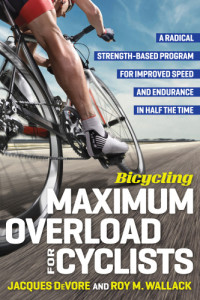
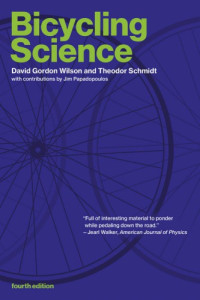
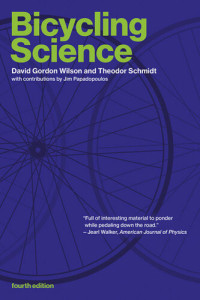









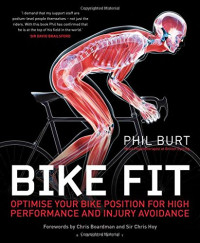

![Hunter Allen [Allen, Hunter] — Cutting-Edge Cycling](https://s3proxy.cdn-zlib.se/covers200/collections/userbooks/3952d0aa2da6877c44d8b8bc9f4b71bdaabc8356d6a31fdf961628ddfbf3d4ab.jpg)





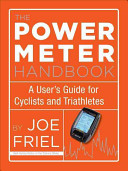

![Emilyi Furia [FURIA, EMILY] — The Big Book of Bicycling: Everything You Need to Everything You Need to Know, From Buying Your First Bike to Riding Your Best](https://s3proxy.cdn-zlib.se/covers200/collections/userbooks/538fcb48afdb8584ccd26552b53ca4a2f7700351fe07cb13094d4ccb0dec5af1.jpg)



